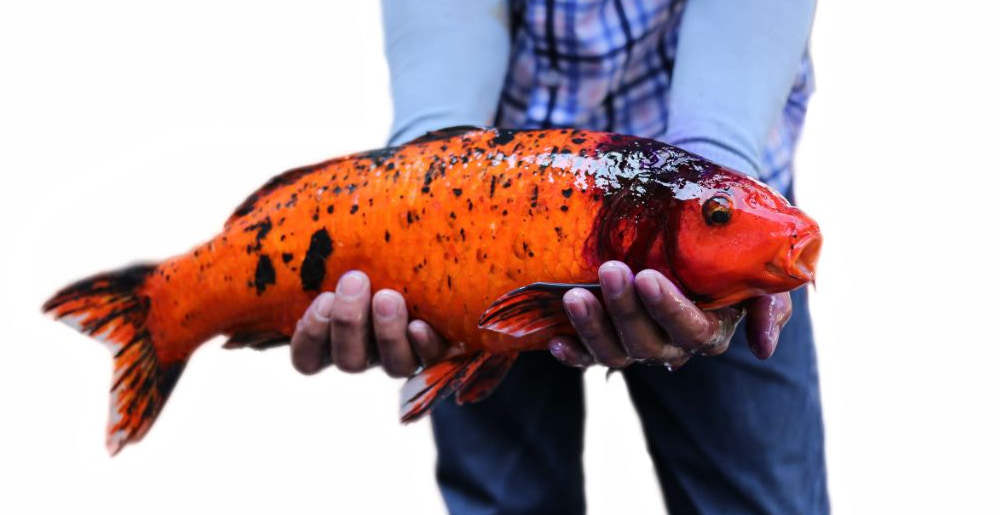The dangerous thing about koi ulcers is that they can be difficult to detect until it’s too late. They are the result of pseudomonas and aeromonas bacterial strains that infect fish and which can be present in ponds even if it appears visually that the water is clean. Below are some ways to identify, treat and prevent this condition.
How Do These Bacteria Enter The Pond?
The bacteria strains are naturally found in every pond, but are typically not large enough to cause problems. Additionally, most koi have natural defenses against harmful bacterial such as slimy coats and a robust immune system. However, if the water quality deteriorates or the fish become injured or malnourished, the bacteria can affect them in a manner that leads to the development of ulcers.
Fish can become wounded due to flukes (parasites) or attacks by predators such as cats or birds. Skin or gill flukes in particular are infamous for creating ulcers, since unlike worms they will attach themselves outside and produce sores which are susceptible to external pathogens. Parasites are highly contagious and will lay eggs which will remain dormant for a few weeks prior to hatching, which will eventually cause infections in multiple fish.
Ulcer Symptoms
Ulcers first appear in the form of miniature red sores. It will form in places such as the gills or beneath the fins. If it is not treated in time the sore will become worse as bacteria enter and begin to spread. While ulcers can be identified visually, by this time it might be advanced. Other symptoms include the presence of flukes, changes in how the fish swims and reduced appetite with a dull color or appearance. The afflicted koi might also swim alone or hide frequently due to stress.
Ulcer Treatment
There are a number of treatment options available, the first being antibiotics. When applied early, it can keep the wound from ulcerating. If ulcers are already present or have expanded internally, antibiotics are the best option. Specific brands that you should consider include Kanamycin. This is an extensive antibiotic that is highly effective in the eradication of a wide range of ulcer creating bacteria, and may be attached to food through the usage of binding agents.
The second treatment to consider is parasite killers such as praziquantel. This product is great at destroying gill and skin flukes, especially in fish that have been quarantined. However, it is good idea to add it to the entire pond since parasites are contagious and might have already spread among your stock. Pay attention to the dosage, as it will take about three or four weeks to destroy the larvae and eggs.
A third treatment is the introduction of beneficial bacteria. This bacterium is designed to spread and compete with the harmful bacterial, ultimately supplanting it. Its presence in the pond will greatly reduce the likelihood of infection and its severity. Any ulcers which do appear after treatment has commenced will be milder and much easier to fight off.


 Blog
Blog



